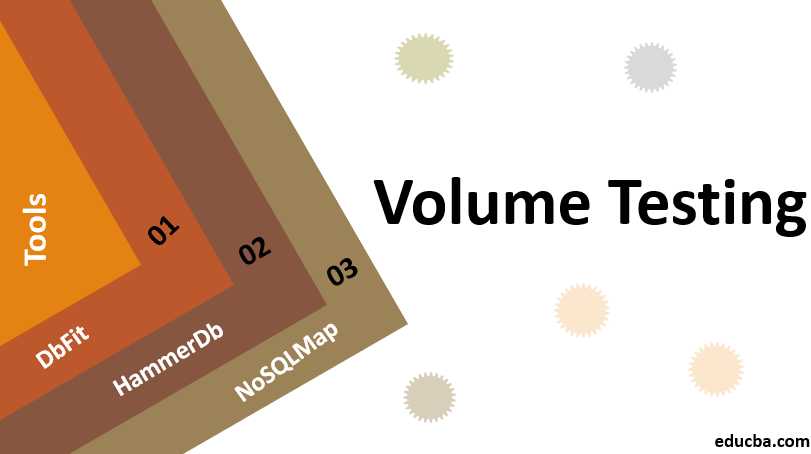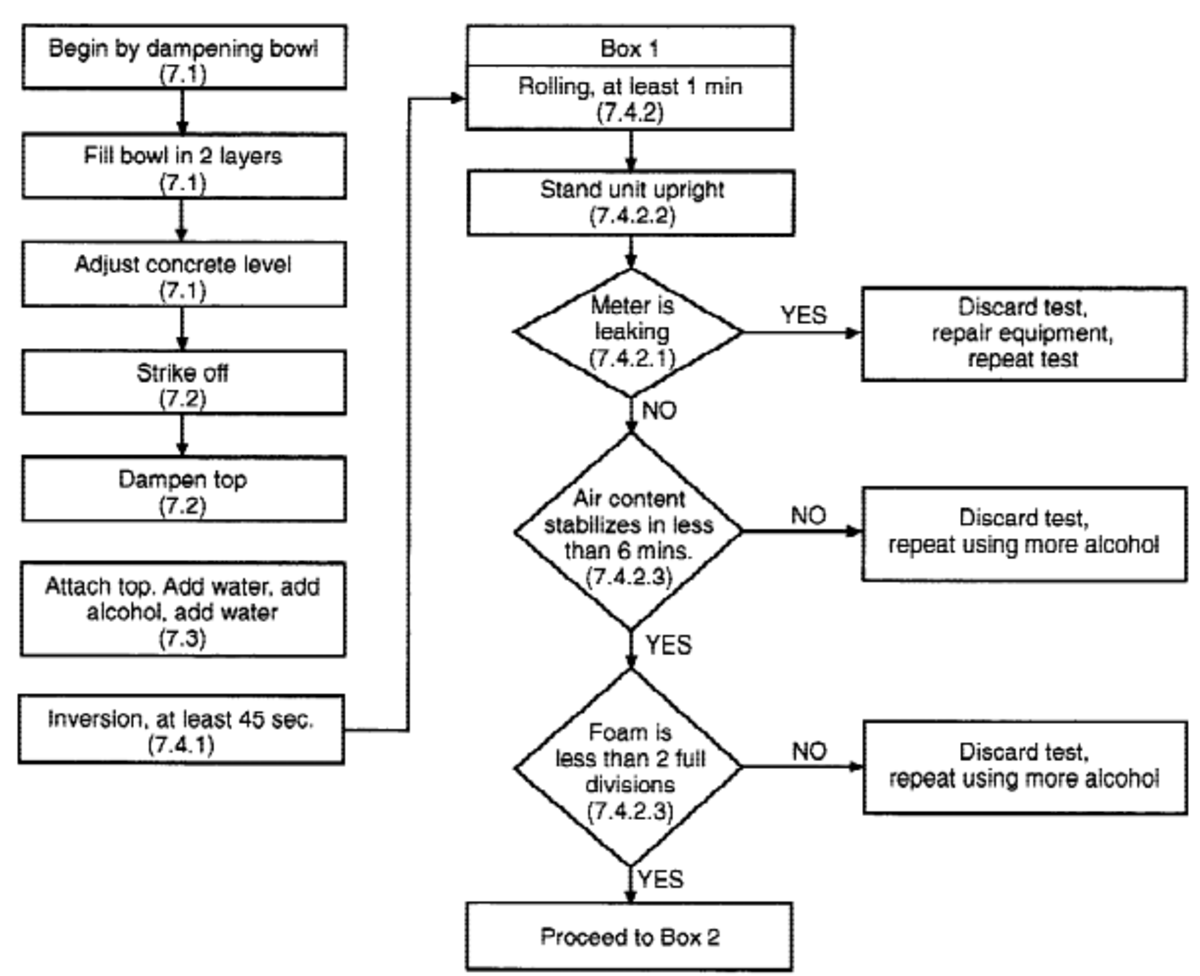
At the end of the day, your spouse says to you, “I really liked the window on the front door of the house on Jay Street.” Do you know what he or she is talking about? Did you notice that door-and can you differentiate it from the other 9 doors-well enough to remember it and have a conversation about it? By improving your visual precision, you will be ready for situations like these, helping you feel sharper and more engaged overall. Here’s an example: Say you and your spouse spend a day looking at 10 houses with your real estate agent. If you remember such details accurately, you can talk about them later and take action based on them.

Visual precision is what enables you to remember details about what you saw in a movie, at a wedding, when house hunting, while birdwatching, and everywhere else you go. Hawk Eye exercises your visual precision, which helps the brain perceive what you see quickly and accurately so that you can recall it better.



Because anomalies provide useful information about perceptual mechanisms, tests that measure and quantify the extent of a blindness are important investigative tools for research. In some cases, the sign of the disparity will be confused, and the perceived depth will be incorrectly seen as 'behind' rather than 'in front of' the fixation point, for example. However, about 30%, of the population exhibit some form of stereoanomaly even for very small disparities, provided eye movements are avoided. Typically, such disparities are seen at the same depth as monocular stimuli. In the absence of eye movements, everyone suffers from stereoanomaly for extremely large disparities. Stereoanomaly is the failure to see differences in depth when the viewer is presented with stimuli having different magnitudes of stereoscopic disparity.


 0 kommentar(er)
0 kommentar(er)
